An Insider’s Guide to Photographing London - Part One
London is, in my possibly biased opinion, the finest city to photograph. There’s a fantastic mixture of the old (and I mean really old) and the new, with hidden gems around every corner.
I grew up and still live very near to London, so it’s a city I know incredibly well. In this article I’m going to look at some iconic London landmarks and areas, and tell you how best to photograph them. Let’s get started!
The River Thames
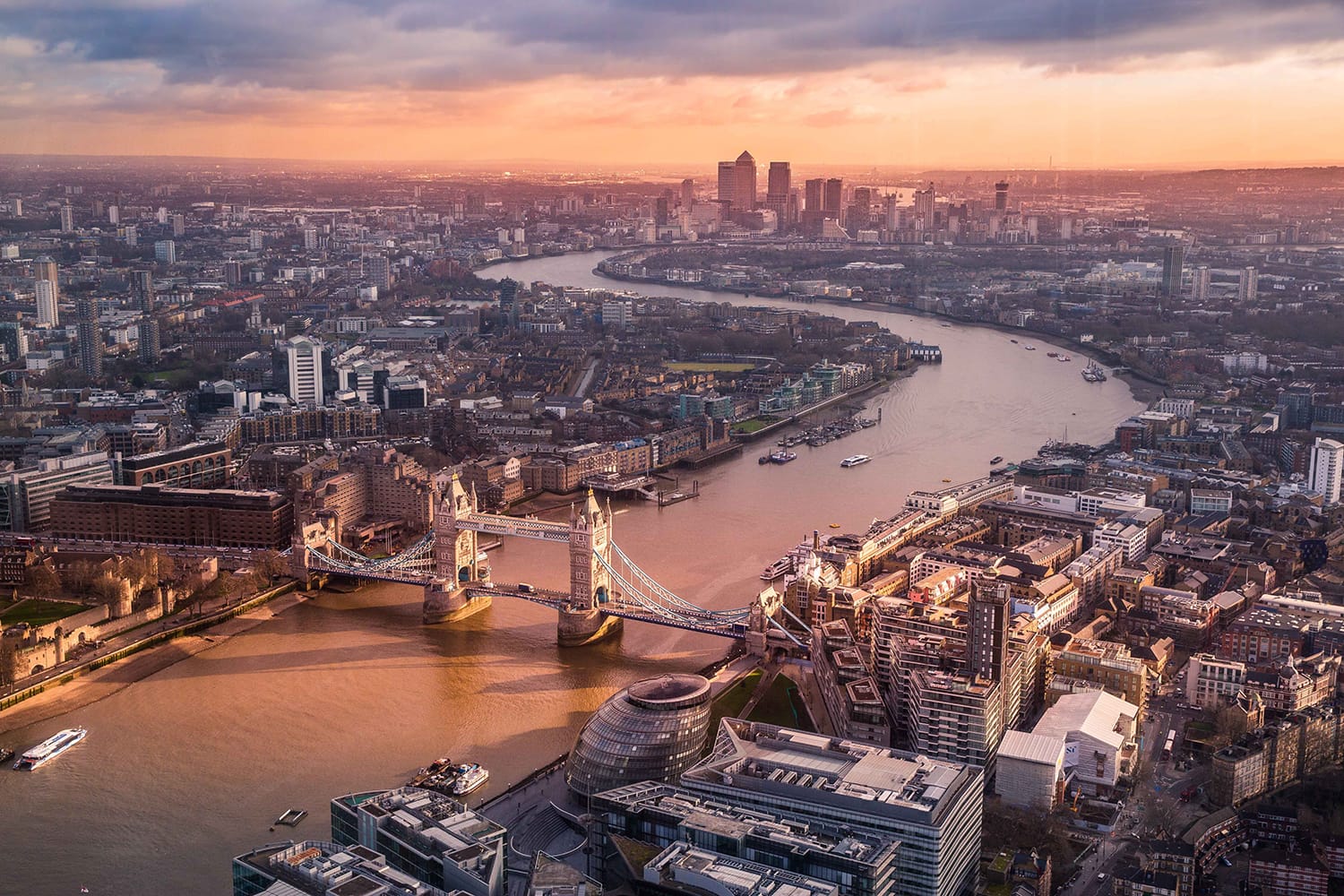
The great ‘North / South divide’ of the city is formed by the Thames, and from its banks you can see most of the iconic landmarks of London. Unfortunately this also means that it’s a crowded place to be, with herds of tourists and locals walking along.
Now obviously you can use the people in your shots, or alternatively get up very early to avoid them. But if you’re in the know, there are ways to get shots from alternative angles.
Big Ben and the Houses of Parliament / Palace of Westminster

Be warned – at the time of writing this, Big Ben is undergoing extensive renovations and is likely to be covered in scaffolding on and off till 2021. It’s still a pretty majestic site even so!
For a really unusual view of the clock tower, climb down to Queen’s Walk underneath Westminster Bridge, where you’ll find a beautiful archway that frames both the tower and bridge perfectly.
Alternatively you can take the classic photo of the Palace from Westminster Bridge itself. The best times of day to do this are either sunset, when the sun starts to set over the building itself, or at night time, when you can use a long exposure to get light trails from the passing vehicles.
Waterloo Bridge and Hungerford Footbridge
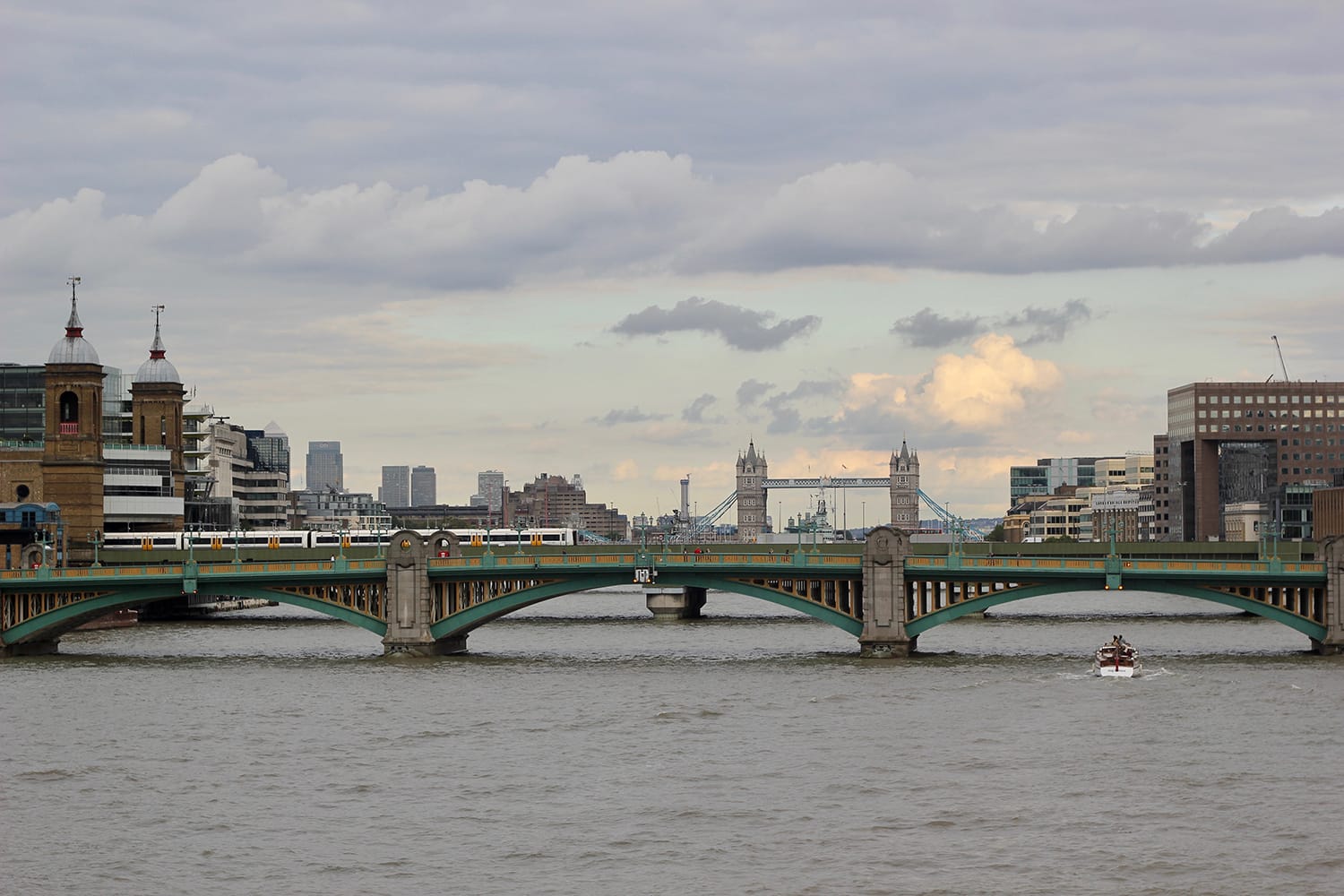
There are many bridges in London with spectacular views, but these are my favourites for photography purposes.
Waterloo Bridge is, of course, iconic in its own right but it’s the view down river that’s particularly spectacular. Looking downriver from the South side of Waterloo Bridge gives a spectacular view of St Paul’s Cathedral, the city of London and out to Canary Wharf and The Docklands.
Now cross over to the Hungerford Footbridge and look upriver. From here you’ll have an equally spectacular view of the London Eye and up to Westminster Bridge.
The advantage of photographing from these bridges is that you can get clean shots of the river and other landmarks without any people in your shots.
The London Eye
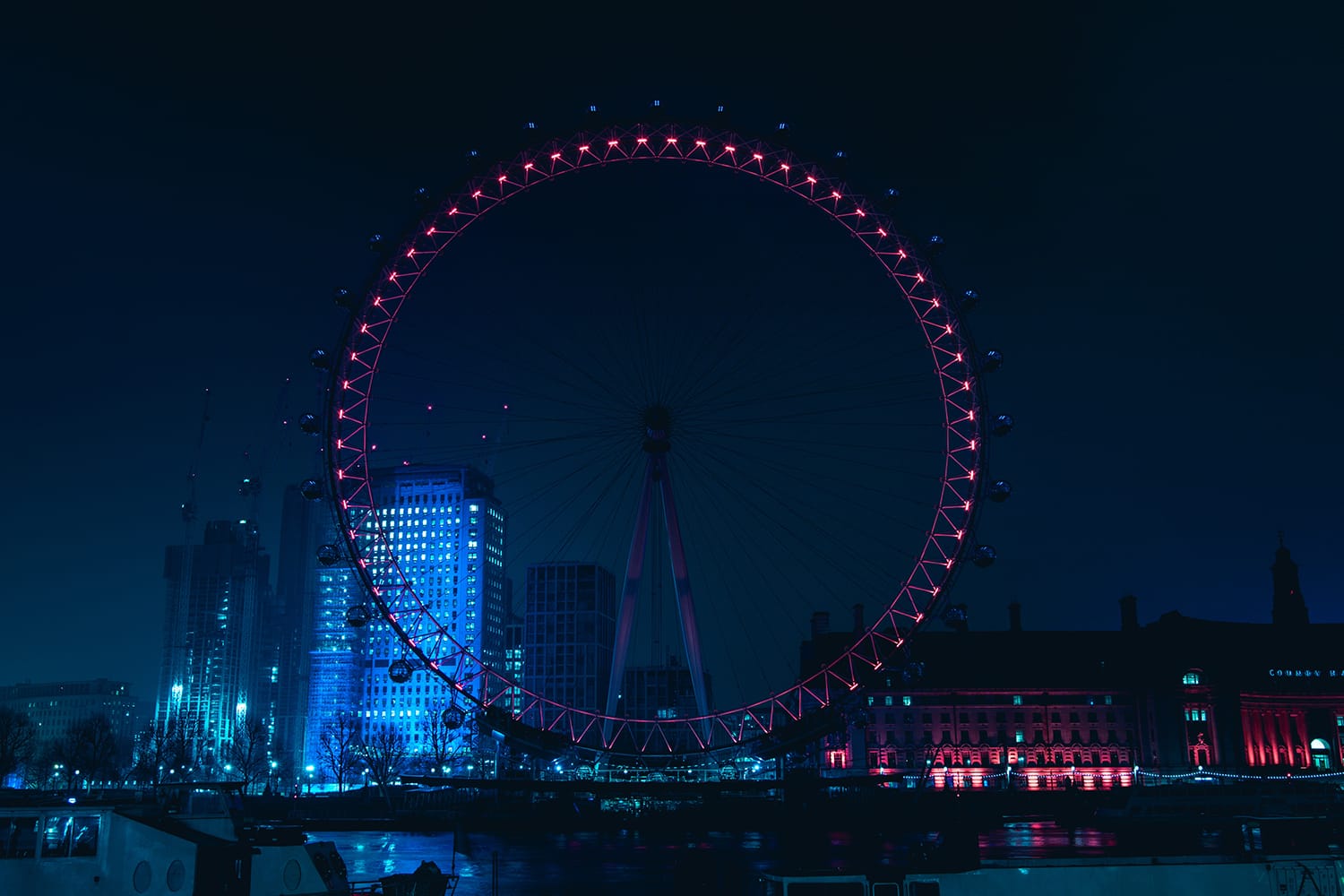
Okay, it’s only been around since the turn of the millennium, but the London Eye is already a fairly iconic sight across the skyline. Like most tourist attractions, it’s going to be crowded with people, which is why I recommend photographing it from the North bank of the Thames. You can use the river as a foreground frame for the shot.
Of course, you’ll also get great shots from inside the Eye itself. You’ll get a birds eye view over London! Try using a wide angle lens and getting the capsule just below you in the shot.
Tower Bridge
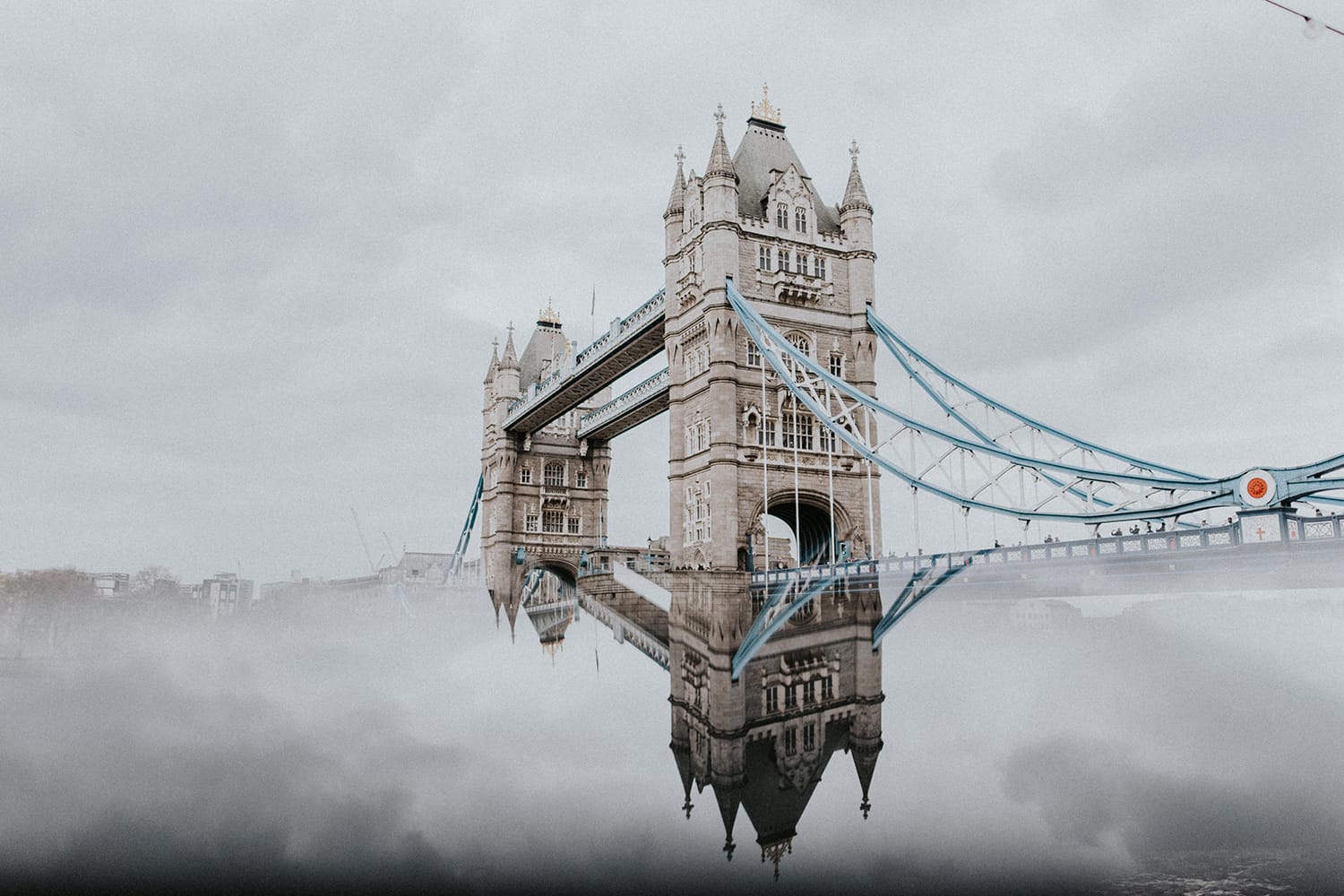
Gorgeous Tower Bridge pretty much looks good from any angle! On the North bank of the Thames you’ll find a beautiful dolphin fountain, which makes a great frame for the bridge. Crossing over to the South bank you can either shoot the bridge looking downriver with HMS Belfast in the foreground, or looking upriver with the Tower of London in the background.
It’s also worth walking slightly further downstream to an area known as Design Wharf. Here you’ll find a group of houseboats moored on the Thames, which can really add an unusual element to your photographs.
The Shard
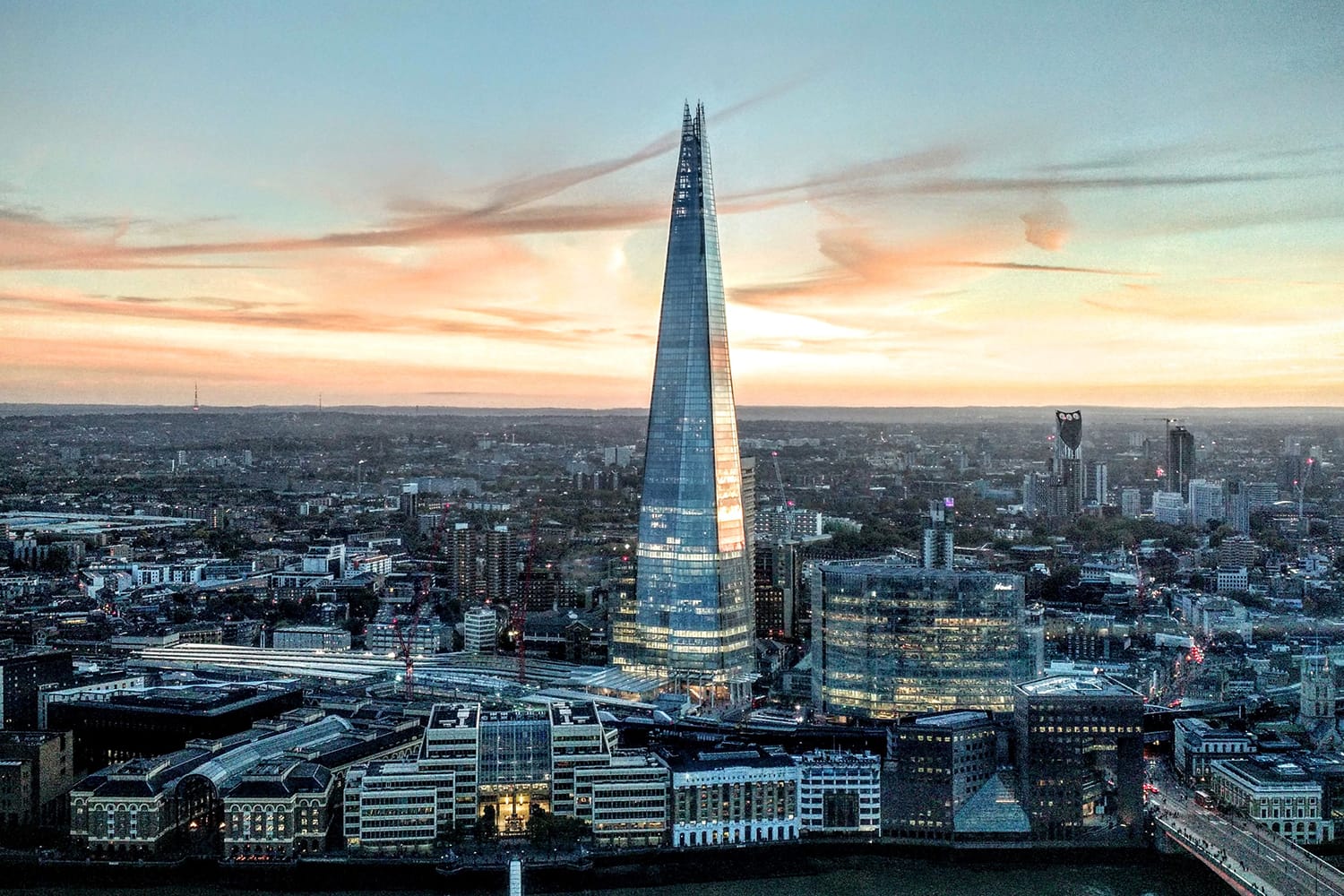
Okay, technically the Shard isn’t in the City of London, as it’s on the South bank. However, the best place to photograph it is from the pretty Lovat Lane, which is in the city! This little street is full of cobblestones and old-fashioned lanterns and is a unique frame for the modern skyscraper.
The Shard also has a viewing platform, but do be aware that you’re not allowed to take tripods into the building. Realistically this means that it’s best to photograph from there in the daytime, but you’ll get great views of Tower Bridge, the Tower of London and Canary Wharf, for example.
St Paul’s Cathedral
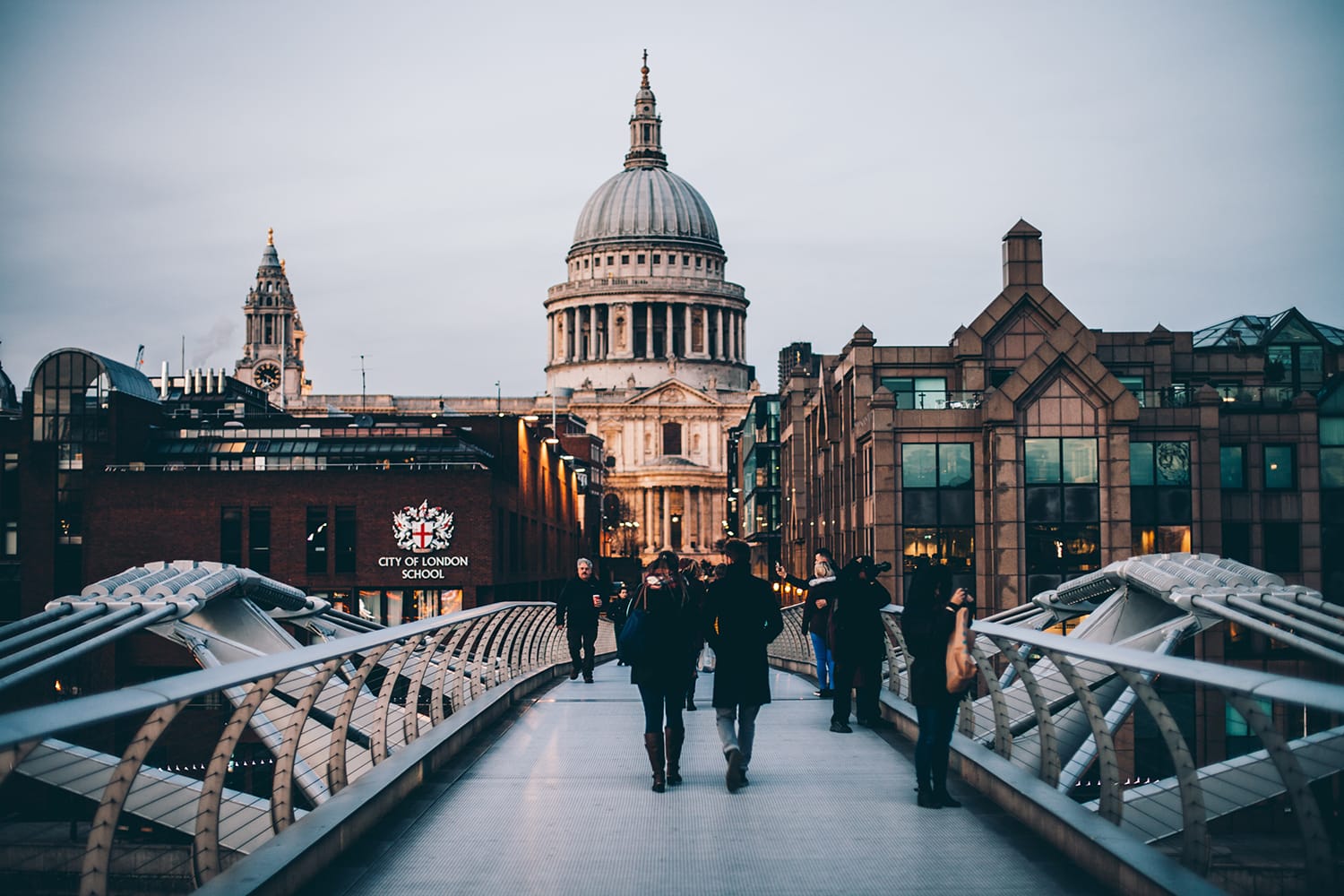
Designed by Christopher Wren as a replacement for the old St Paul’s that burnt down during the fire of London and is at least the fourth cathedral to stand on this site. The cathedral has some beautiful greenery around it and when flowers are in bloom, this can make for a beautiful shot.
However, I think the classic shot of St Paul’s is from either on, or next to (on the South bank) the Millennium footbridge. This quirky bridge also has extremely interesting architecture, which works well in photographs.
Tower 42, The Gherkin and the City in general
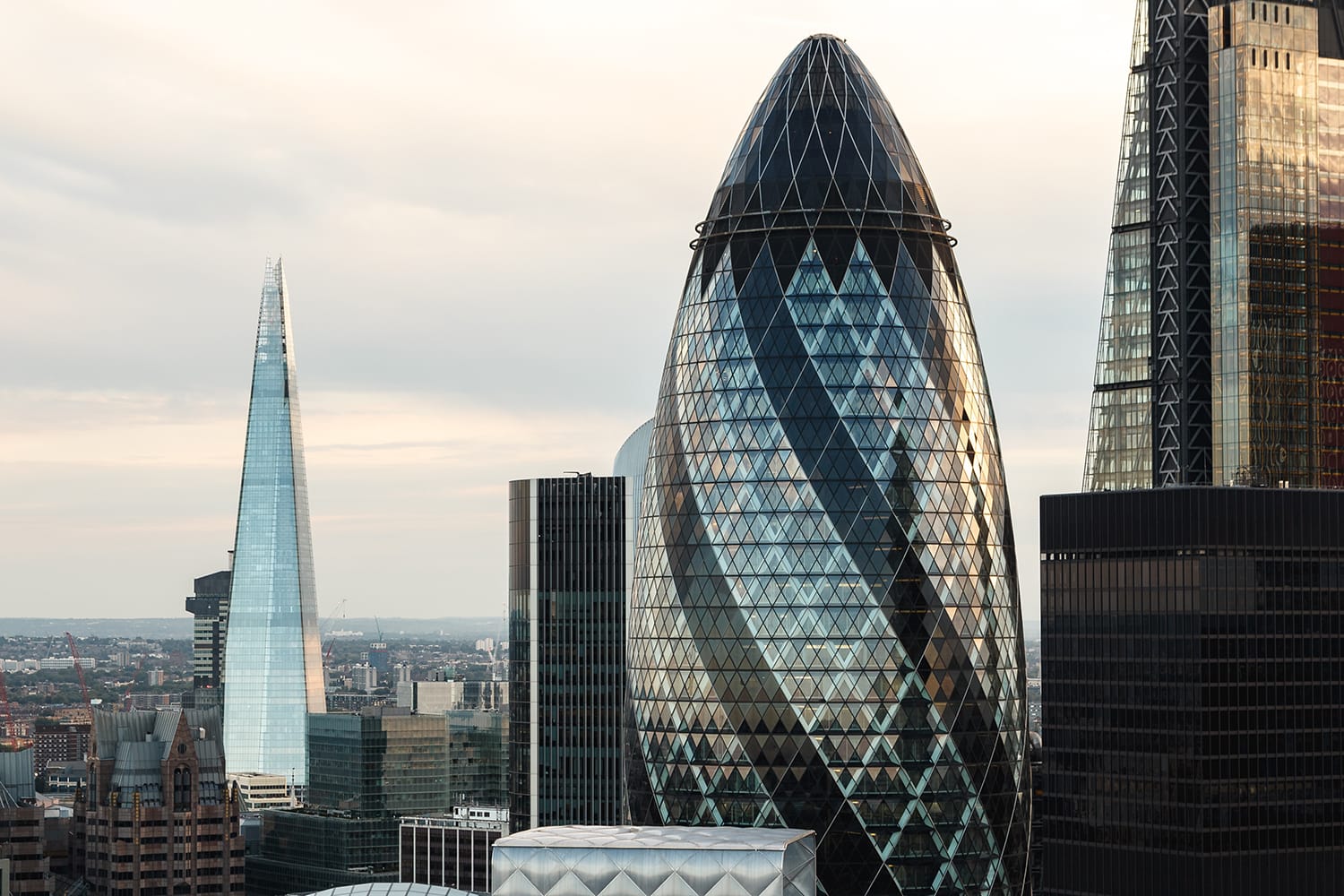
There are a lot of skyscrapers, interesting buildings and pretty streets in the City, which can make for fascinating images. I really only have one top tip for photographing in the City and that’s to go at the weekend.
A lot of the area shuts down, as it’s only really busy during office hours. This makes it far easier to photograph!
Buckingham Palace
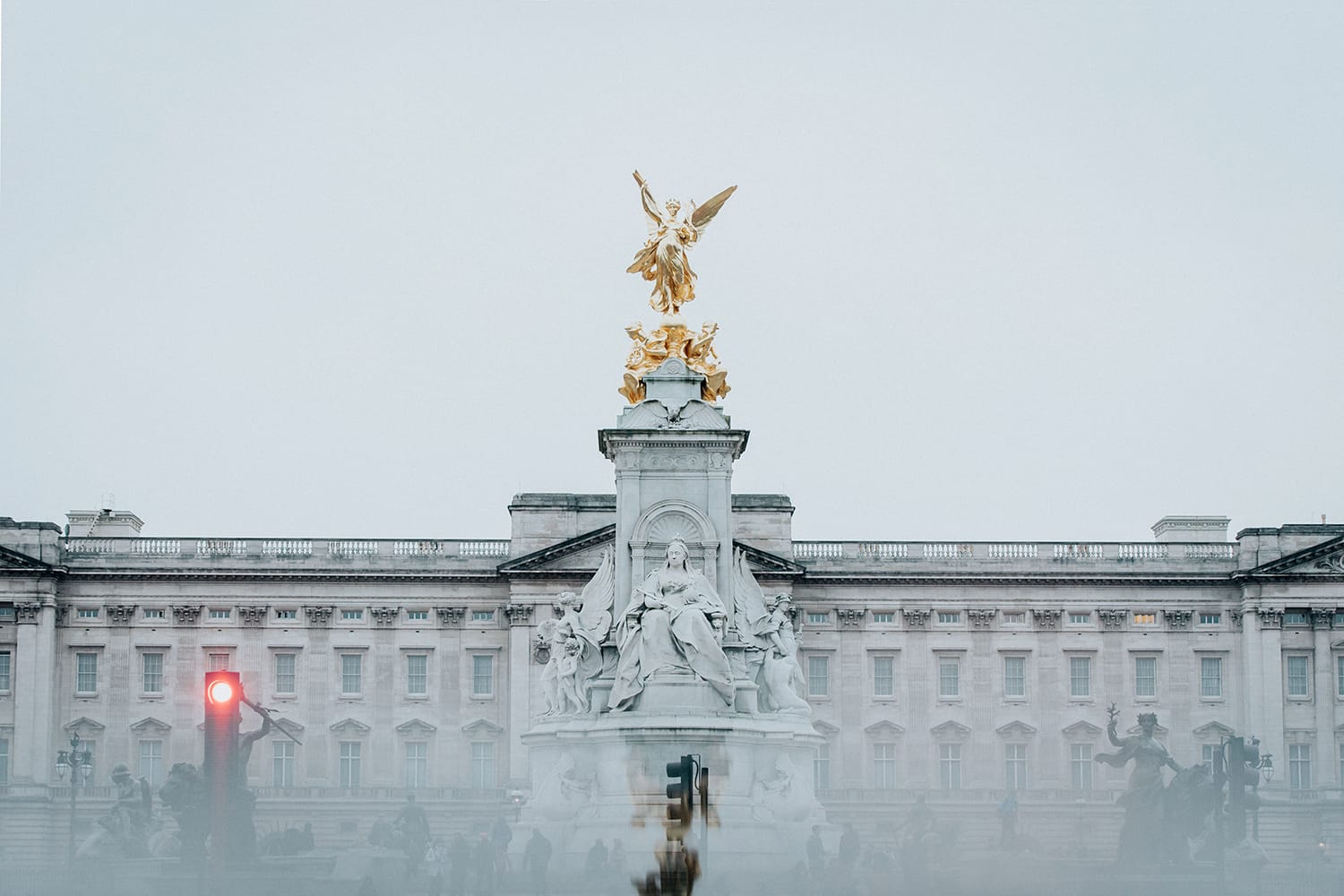
Personally, I think that Buckingham Palace isn’t the greatest building to photograph! But without wishing to be controversial, it’s obviously a shot that appeals to a lot of people. However, this really isn’t a building that you can avoid being busy. It’s an extremely popular tourist destination and there are always going to be crowds around.
So, to make the most of this, I’d recommend photographing the palace at the Changing of the Guard. This takes place at 11am every day (except Sunday, when it starts at 10am). Try and arrive about an hour before the ceremony if you want the best pick of vantage spots.
Obviously, these are just a selection of places to photograph in London. In my next article, I’ll be looking at the more unusual places to photograph in the capital city!
